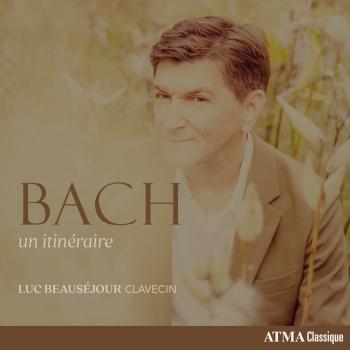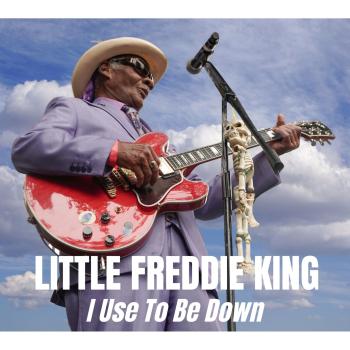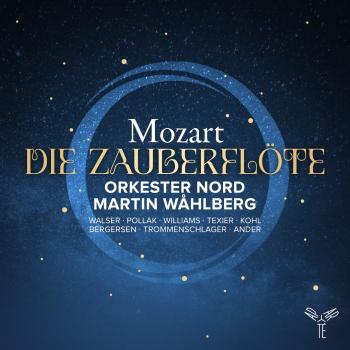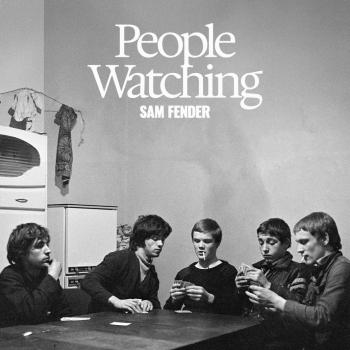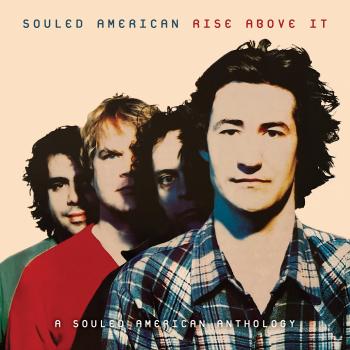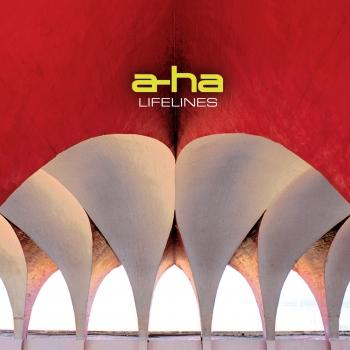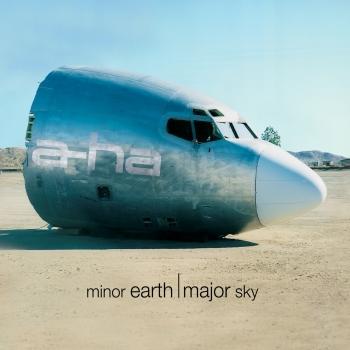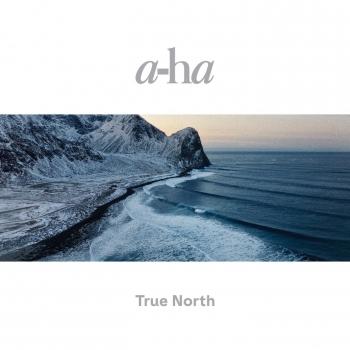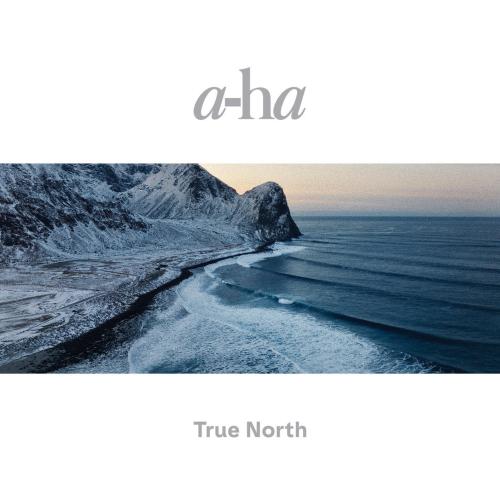
True North a-ha
Album info
Album-Release:
2022
HRA-Release:
21.10.2022
Album including Album cover
I`m sorry!
Dear HIGHRESAUDIO Visitor,
due to territorial constraints and also different releases dates in each country you currently can`t purchase this album. We are updating our release dates twice a week. So, please feel free to check from time-to-time, if the album is available for your country.
We suggest, that you bookmark the album and use our Short List function.
Thank you for your understanding and patience.
Yours sincerely, HIGHRESAUDIO
- 1 I'm In 05:06
- 2 Hunter In The Hills 04:11
- 3 As If 04:56
- 4 Between The Halo And The Horn 04:11
- 5 True North 04:55
- 6 Bumblebee 04:07
- 7 Forest For The Trees 03:53
- 8 Bluest Of Blue 04:34
- 9 Make Me Understand 03:59
- 10 You Have What It Takes 04:22
- 11 Summer Rain 04:15
- 12 Oh My Word 03:58
Info for True North
Die ursprüngliche Idee für True North war, dass das norwegische Trio, bestehend aus Morten Harket, Paul Waaktaar-Savoy und Magne Furuholmen, seine erste Session in dem wunderbaren Studio nur 90 km über dem Polarkreis aufnimmt und anschließend filmt.
Schließlich wurde das Projekt zu einer größeren Produktion ausgeweitet, und das talentierte norwegische Orchester Arctic Philharmonic kam hinzu. Das Ergebnis dieser Sessions ist ein großartiges Album und ein dazu passender Film, der die Vision der Band von einer kollektiven Verbindung zur Umwelt detailliert wiedergibt. "True North ist ein Brief von a-ha, vom Polarkreis, ein Gedicht aus dem hohen Norden Norwegens", sagt Furuholmen.
In immer wiederkehrenden Vignetten folgt der mehrdimensionale Film True North diesem erzählerischen Bogen durch Schauspieler, die das Leben im Norden darstellen, sowie durch die Dokumentation der Band, die zwei Tage lang in Bodø, Norwegen, Musik aufnimmt. Dies ist eine einzigartige Veröffentlichung von a-ha, die den Geist ihrer neuen Songs verkörpert, mit dem langjährigen a-ha-Mitarbeiter Stian Andersen am Ruder als Regisseur: "Es war eine ehrenvolle Aufgabe, bei dem True North-Film Regie zu führen. Es war auch ein großes Vergnügen, die Erzählung zu schreiben und zu kreieren, die zu a-ha's wunderschönen Songs in diesem Film passt."
Die Songs auf dem Album sind durchdrungen von einem Gefühl für den Ort und einer tiefen Verbundenheit damit, wie wir mit unserer Umwelt umgehen. Zum ersten Mal zeigen uns a-ha, woher sie kommen, wer sie sind und wie untrennbar die Verbindung zwischen beiden ist. Es ist kein Wunder, dass True North a-ha in ihrer freizügigsten Form zeigt - noch nie zuvor wurde der Geist von a-ha so offenbart.
Seit ihrem weltweiten Durchbruch mit "Take On Me" im Jahr 1985 haben sich a-ha immer wieder angepasst und weiterentwickelt. Jetzt, mit ihrem 11. Studioalbum und der Dokumentation seiner Entstehung, sind a-ha in eine neue Phase eingetreten. "Zuerst hatten wir die Idee, eine Studiosession live aufzunehmen", sagt Waaktaar-Savoy. "Dann wollten wir eine Studio-Session filmen. Daraus entwickelte sich eine Produktion mit dem norwegischen Orchester, dem Arctic Philharmonic, mit dem wir zusammengearbeitet haben."
"Streicherteppiche lassen ohne Film bereits romantische Nord-Bilder im Kopf ablaufen, die prägnante Stimme von Harket vollendet die Impressionen." (Good Times)
a-ha
a-ha
“It was about time that we reached out a little more,” says a-ha singer Morten Harket of the group’s new album Foot Of The Mountain. Released on 13 July on Universal Music Record Label (URML), the album marks a return to the classic pop sound that made a-ha one of the biggest acts in the world, selling 36 million albums in the process. As keyboard player Magne Furuholmen explains, “It’s an album that incorporates the key elements that first defined the band: soaring vocals, synth hooks, yearning lyrics and melodic melancholia.” Or as guitarist and principal songwriter Paul Waaktaar-Savoy puts it more simply: “I think we got a great collection of songs this time around.”
Written and recorded in various major cities – from Oslo, where the band formed in 1982, to New York, where Paul now lives – Foot Of The Mountainis, in Morten’s words, “predominantly a synth-based album”. The ten new songs carry echoes of the band’s early signature hits: ‘Take On Me’, ‘The Sun Always Shines On TV’ and ‘I’ve Been Losing You’. As Magne explains, “This is a potent and vibrant album – it has a vitality. Morten has an incredible voice – one of the very few instantly recognizable voices in pop music. And that voice is most effective in a synth-based musical landscape. For me, this album was about helping Morten come into his own.”
“Each song has its own identity,” the singer adds, “and you try to capture it in the best possible way. The challenge is to figure out what direction to take. A song like ‘The Sun Always Shines On TV’ is a good example. It’s essentially a ballad but we put a pounding beat to it – it turned into a power track. With this album, we tried different versions of the songs, but in the end we came back to synths. It’s how we started out in the ‘80s before we became more interested in acoustic and analogue instruments. This is a return to synth-based thinking.”
“Making a more technology-based album was easier said than done,” Paul admits. “It’s a long time since we’ve made an album this way and things have changed somewhat since!” In the past, a-ha took an experimental, even eccentric, approach to recording. Paul cites ‘The Sun Always Shines On TV’ – a UK number one single in 1986 – as a good example of the group’s anything-goes ethos. “Back then, we did all our own programming, often just firing off notes on a synthesizer that you would play for your dear life as the track went down!” He adds with typical understatement, “With the new album, it took some time to get used to current working methods.”
One thing that hasn’t changed is the emotive power of a-ha’s songwriting. “This is an unashamedly passionate album,” Magne says. “It’s uptempo but not exactly upbeat. Upbeat means happier – and I don’t think this is the case.” As Paul explains, “It’s a happy/sad kind of thing. You can change how a song comes across to the listener, as we’ve done many times in the past, by giving a song the opposite arrangement to what you’d expect. But songwriting is by nature introspective, and that’s where I come from. Writing is for me is the hardest part but also the most enjoyable. You might spend months searching for that missing verse or the title that you think defines a song. But when it comes together, there’s no other feeling like it.”
Paul wrote the majority of the new songs: five co-written with Magne, four written alone. He also experimented with some new techniques. ‘Riding The Crest’ – described by Paul as “an electro blues” – was inspired by Arcade Fire’s use of the 12-bar form on their 2007 album Neon Bible. ‘Real Meaning’ was a happy accident: an idea that came spontaneously when Paul called home from Russia and was greeted by his answering machine. “As a joke I started singing away and this song fell out,” he laughs. “I meant every word, though.” And on ‘Start The Simulator’, Paul employed a novel lyrical style, drawing on the technical jargon of the Cold War era’s Space Race. “The basic idea,” he says, “was to make a song using only technical terms and phrases, and still make it very emotional and personal. There is such poetry in the old Apollo manuals: “switch to Omni Bravo” and “the bright ejector blanket”. It was quite a hard song to record as it changes both time signatures and keys as it goes along. What sounded so simple on the piano got very quickly complicated when it was translated to a full arrangement. I think we got there in the end though!”
There are also three songs that reflect Paul’s emotional connection to his natural and adopted homelands. ‘Shadowside’, he says, “feels quite Norwegian – in the melody, the chords and the mood”. ‘The Bandstand’ reminds him of his first trip to New York City in the early ‘80s, before a-ha were famous. “Songs are like a photo-album – they can really send you back. And this one reminds me of arriving at Port Authority with $35 in my pocket, sporting really high, yellow, almost see-through synthesizer-hair, wearing a tiger-shirt and a brown suit, looking like an alien!” And the album’s title track, ‘Foot Of The Mountain’ – fashioned from two previously separate songs, one written by Paul, the other by Magne – examines one of the fundamental conflicts of modern life, the pull between nature and big-city civilization: for Paul, the buzz of New York City versus the beauty and isolation of Norway. “It’s the dilemma of loving a city life, yet secretly wondering if we’d be happier being surrounded by open fields and sweeping mountains.”
“New York has been my home for 15 years now and I still find it thrilling,” Paul says. “We spent five weeks in Hoboken recording the first draft of the album. I was bringing in tons of instruments, arriving every morning with new toys, like old synths and string-machines, omnichord, stylophone, Moog guitar, Mellotron, guitars in every shape and size…” According to Magne, “The time spent in New York was definitely important for this record.” Morten concurs. “It’s always good to get away from everything else and focus on the album. The energy of the city may have had an effect on the music. But we didn’t complete in New York – we had to go back to Norway just to let things cool off a little and then pick it up. And we did – we nailed it.”
Foot Of The Mountain is another landmark in the 25-year recording career of a-ha. “We’ve had a very strong response to all our albums in the later years since 2000,” Morten says. In particular, the group’s rock-oriented 2006 albumAnalogue – their debut for Universal Music – was highly acclaimed in the UK press and led to Q magazine bestowing its Inspiration Award to a-ha. “That was a great feeling,” says Paul. “To have such good response in the country where it all started for us, and to hear kind words coming from critics and colleagues, really gave us a boost.” In addition, a-ha have been named as a key influence by rock superstars Coldplay, whose bassist Guy Berryman is currently working on a new project with Magne. “Coldplay have played an active part in a causing a reappraisal of the band,” Magne says. “Chris Martin is one of a generation of musicians who grew up loving a-ha, not for the image, but for the music.” “The value of the respect is the same no matter where it comes from,” says Morten, “because it means you’re communicating with somebody out there. In this case it was a teenager called Chris Martin. He was reaching out for music and a-ha became part of his story.”
This album contains no booklet.

